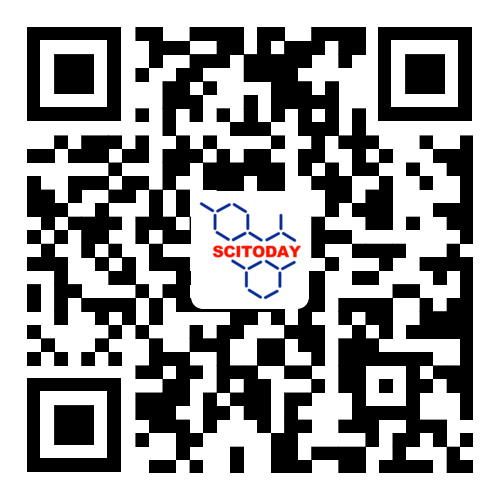cell assemblies in the hippocampus and neocortex of adult and immature rats and mice
General topic :
Sensory and cognitive functions rely on the coordinated activation of large neuronal ensembles (“cell assemblies”) distributed among different brain areas and stabilized by synaptic plasticity. Using electrophysiological recordings from many neurons at the same time, we try to understand how local microcircuits are functionnally organized, interact and participate in various cognitive behaviors. Recording from immature animals, we also investigate the effects of neuronal activity on the building of cortical circuits during development.
Technical approaches :
Using massive parallel electrophysiological recording by a combination of extracellular (up to 128 recording sites : tetrodes, Neuronexus and home made multisite probes…) and intracellular (sharp and patch clamp with up to 4 electrodes simultaneously) techniques in different preparations (rats and mice, in vitro and in vivo, adults and neonates), we simultaneously record from a few tens of individually identified neurons during various cortical patterns (theta, gamma, Sharp Waves, slow oscillations / Up and Down states, sleep spindles…) and behaviors (exploration, sleep, epileptic discharges…). In vitro recordings using similar approaches allow unprecedented opportunities for the examination of mono- and poly-synaptic interactions within localized microcircuits.
Research projects :
examine cellular and network interactions in vitro and in vivo during activity patterns (Up and Down states, spindles, theta, gamma, Sharp-Wave/ripples…) to identify the organization of neocortical and hippocampal circuits in adult rats as well as transgenic mice models of neurodegenerative diseases (aging, Alzheimer, Hungtington). Particular emphasis is put on the synaptic interactions between pyramidal glutamatergic cells and GABAergic interneurons within the hippocampal microcircuit.
examine the spike times and patterns of activity in the hippocampus and neocortex in vivo, during various behaviors (space coding, replay of activity during sleep…) to understand information coding and storage within behaving cortical networks.
- characterize and manipulate (in vitro and in vivo) the patterns of activity expressed in developing cortical structures from rats and transgenic mice conditionnally expressing mutations associated to human neuronal diseases, in order to understand the relationships between immature neuronal patterns and the building of functional adult cortical circuits.
Location :
The lab houses about 100 people in the field of integrative neurosciences. Preparations include insects (fruit-fly), invertebrates (crayfish) and vertebrates (rats and mice). Techniques available include electrophysiology (sharp and patch-clamp, Multi-Electrode-Arrays and various extracellular multi-electode systems including tetrodes, silicon probes…), behavioral testing (multi-arms mazes, Morris water maze, odors and fear conditioning…), imaging, histology/anatomy, molecular biology. The lab is located within the campus of the Bordeaux University of Science, about 20 min from city centre by tram. It is 45 min to the beautiful sea side and beaches of bassin d’Arcachon (Atlantic Ocean), 2 hours drive from the Spanish border (Pays Basque : mountain hiking) and 3 hours drive from main Pyrénées mountains ski resorts. The candidate will integrate the research group of Xavier Leinekugel (“Physiologie des Assemblées Neuronales”), a young investigator funded by CNRS (ATIP) and member of the ENI-NET (a network of European labs headed by E. Neher and promoting postdoc and students exchanges between ENI lab members).
Candidates :
We are looking for someone interested in either :
performing electrophysiological recordings him/her self or
using and developing computational tools to analyse the recorded data.
Strong background in either electrophysiology or neurocomputation (mathematics, physics, statistics, informatics or a related domain), and a strong motivation for Neurosciences, are expected. Previous experience with Linux and Matlab or Labview would also be appreciated.
Interested candidates should contact Xavier Leinekugel (xlkg@loadinc.net, 33-6.09.55.53.39), laboratory CNRS UMR 5228 (“Centre de Neurosciences Intégratives et Cognitives”), Avenue des Facultés, 33405 Talence, France.
Selected publications (for more details on X. Leinekugel’s scientific background, please visit http://xavierlkg.free.fr/) :
Khazipov R., Sirota A., Leinekugel X., Holmes G., Ben-Ari Y. & Buzsaki G. (2004) : Early Motor Activity Drives Spindle-Bursts in the Developing Somatosensory Cortex, Nature 432 (7018), p.758-761
Harris KD, Henze DA, Hirase H, Leinekugel X, Dragoi G, Czurko A & Buzsaki G (2002) : Spike train dynamics predicts theta-related phase precession in hippocampal pyramidal cells. Nature 417 (6890), p. 738-741.
Leinekugel X., Khazipov R., Cannon R., Hirase H., Ben-Ary Y. & Buzsaki G. (2002) : Correlated bursts of activity in the neonatal hippocampus in vivo. Science 296 (5575), p. 2049-2052.
Hirase H., Leinekugel X., Czurko A.*, Csicsvari J. & Buzsaki G. (2001) : Firing rates of hippocampal neurons are preserved during subsequent sleep episodes and modified by novel awake experience. PNAS 98 (16), p. 9386-9390.
Leinekugel X., Medina I., Khalilov I., Ben-Ari Y. & Khazipov R. (1997) : Ca2+ oscillations mediated by the synergistic excitatory actions of GABA-A and NMDA receptors in the neonatal hippocampus, Neuron 18, p. 243-255.

